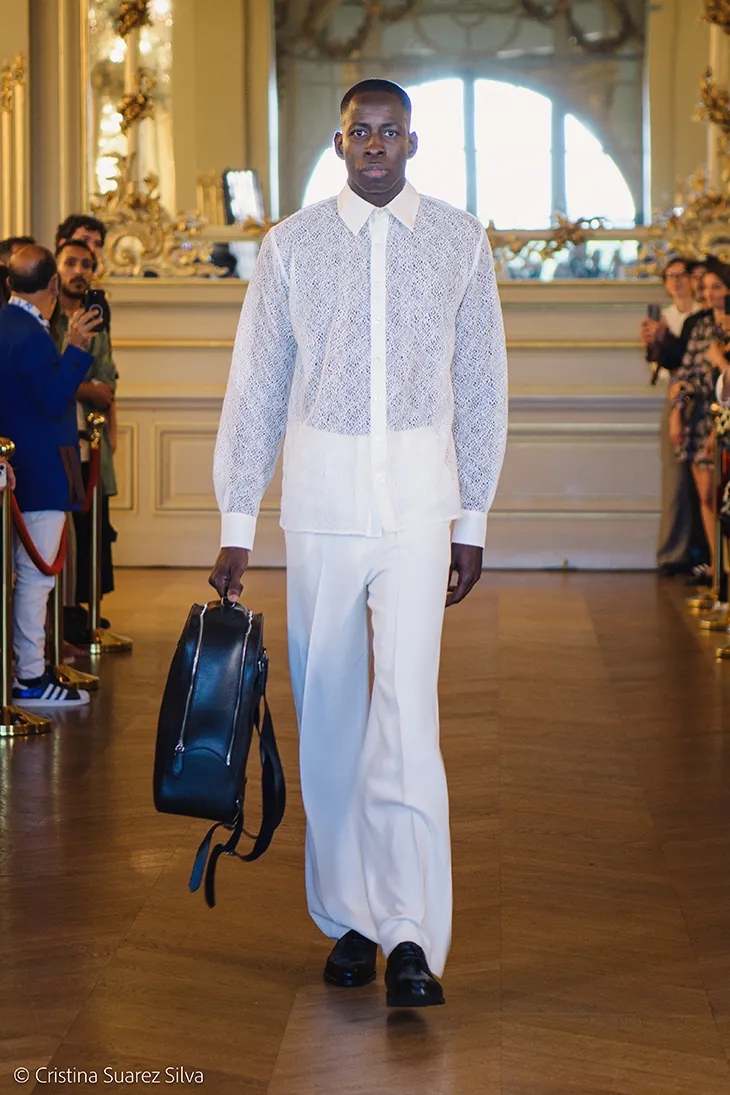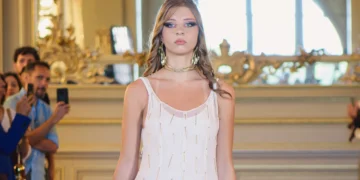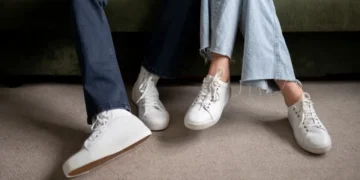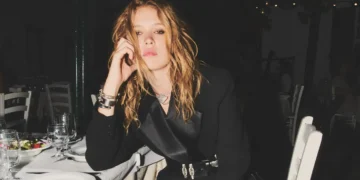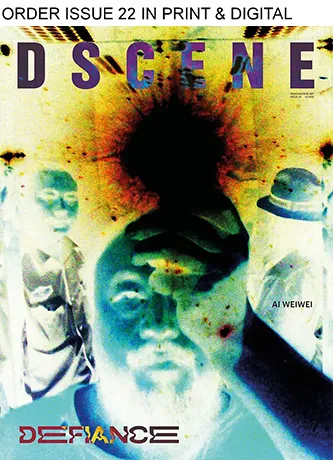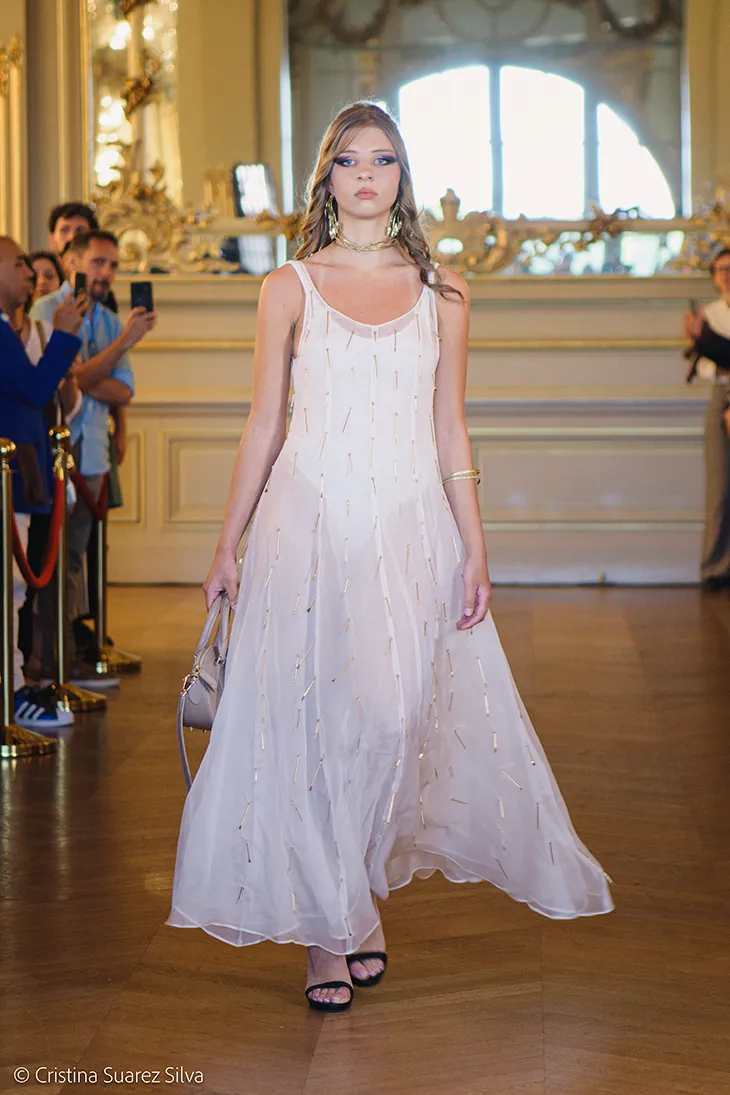
The Salle des Fêtes at the Musée d’Orsay served as the setting for TEMPUS, a collection created through the collaboration between designer Joy Acevedo and the artisans of ESPERO. Presented on July 3, 2025, the show marked a new chapter in the partnership between the museum and ESPERO, an association that supports individuals, primarily refugees, who face significant barriers to employment and social inclusion.
Founded in 2016 by Maya Persaud, ESPERO began with a focus on permaculture and beekeeping before launching its couture workshop in 2020. With an emphasis on upcycling and textile reuse, ESPERO Atelier offers hands-on training and career support for people looking to enter the fashion industry. In 2022, the United Nations Refugee Agency honored this initiative through its Innovation Fund, recognizing its impact during a ceremony held at the same museum.
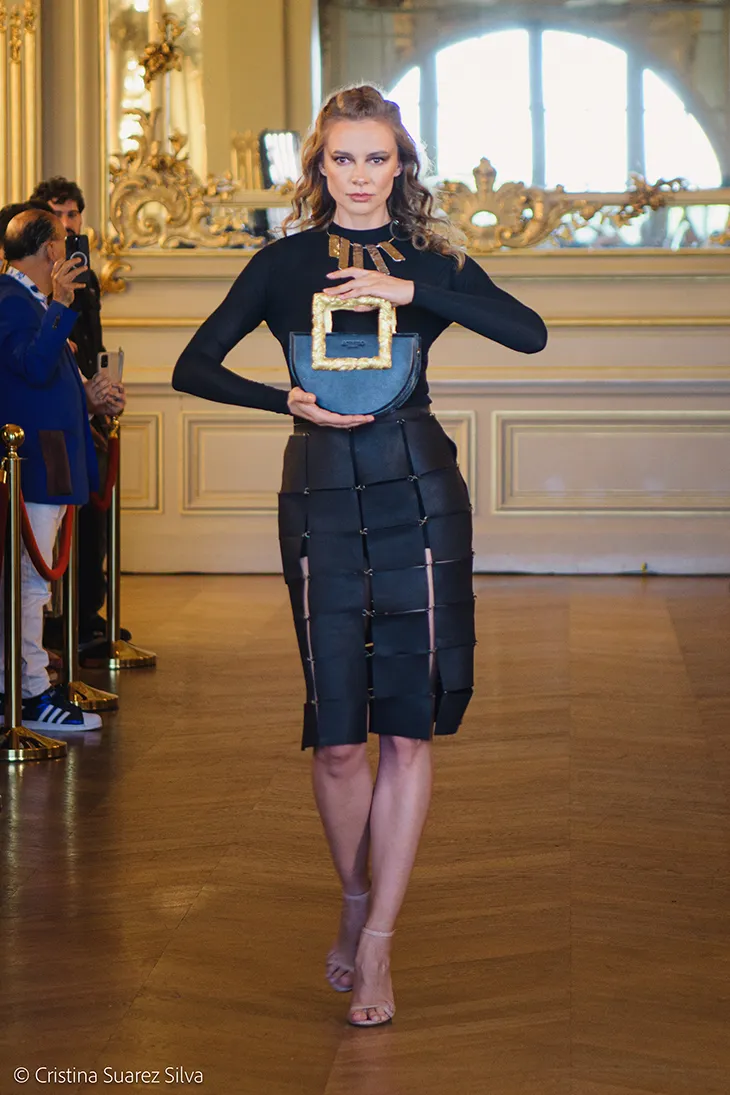
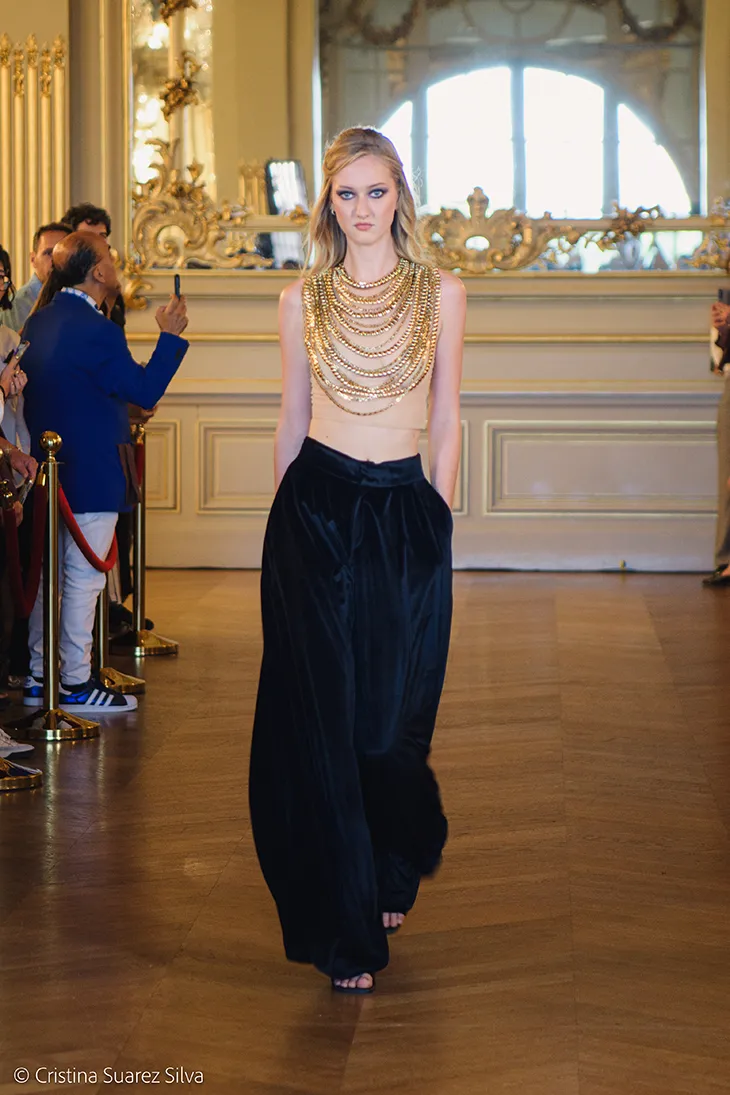
The TEMPUS collection reflects shared values between the Musée d’Orsay and ESPERO: cultural access, environmental awareness, and long-term social impact. As part of their partnership, the museum provides year-round access to ESPERO participants and staff. The museum’s art and architecture serve as inspiration, while the Salle des Fêtes becomes the physical stage for this collaborative showcase.
Designer Joy Acevedo developed TEMPUS with twenty silhouettes that explore time as a central theme. Each look reflects a stage of life – grief, silence, rebirth, expression – through sustainable design. Inspired by the museum’s iconic clocks, the collection takes cues from both mechanical structure and emotional rhythm. The garments incorporate recycled materials and surplus textiles from luxury brands. Ribbons, chains, leather scraps, and unused fabrics are reworked through expert tailoring and hand embroidery.
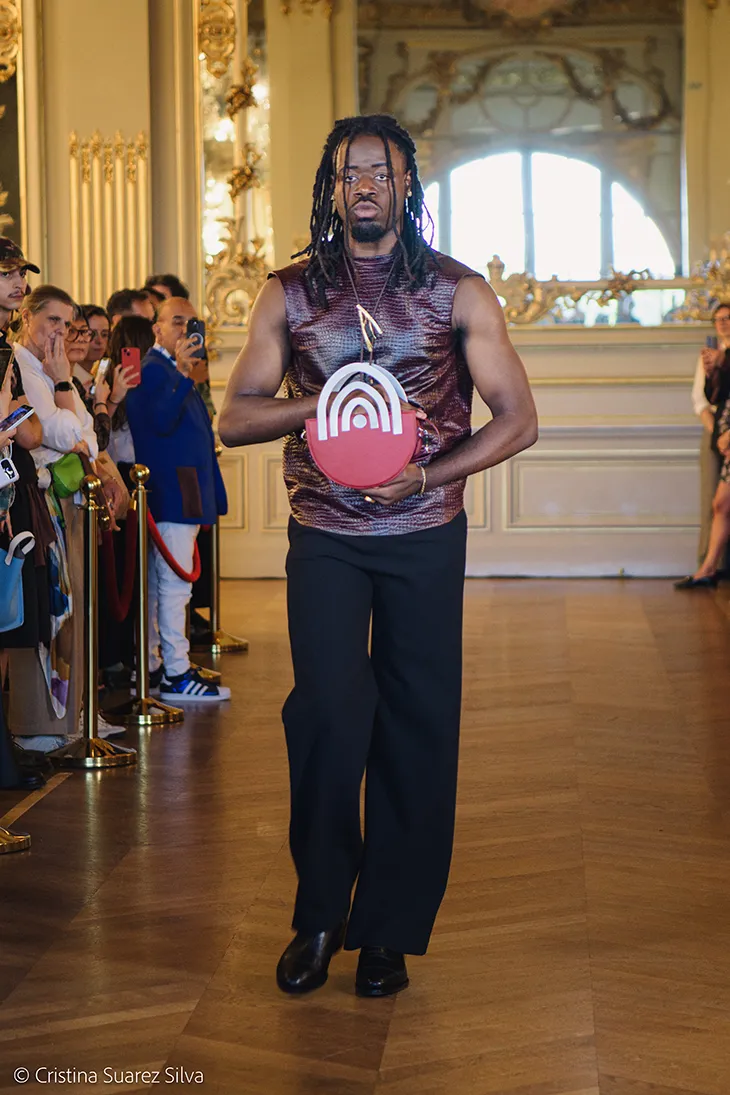
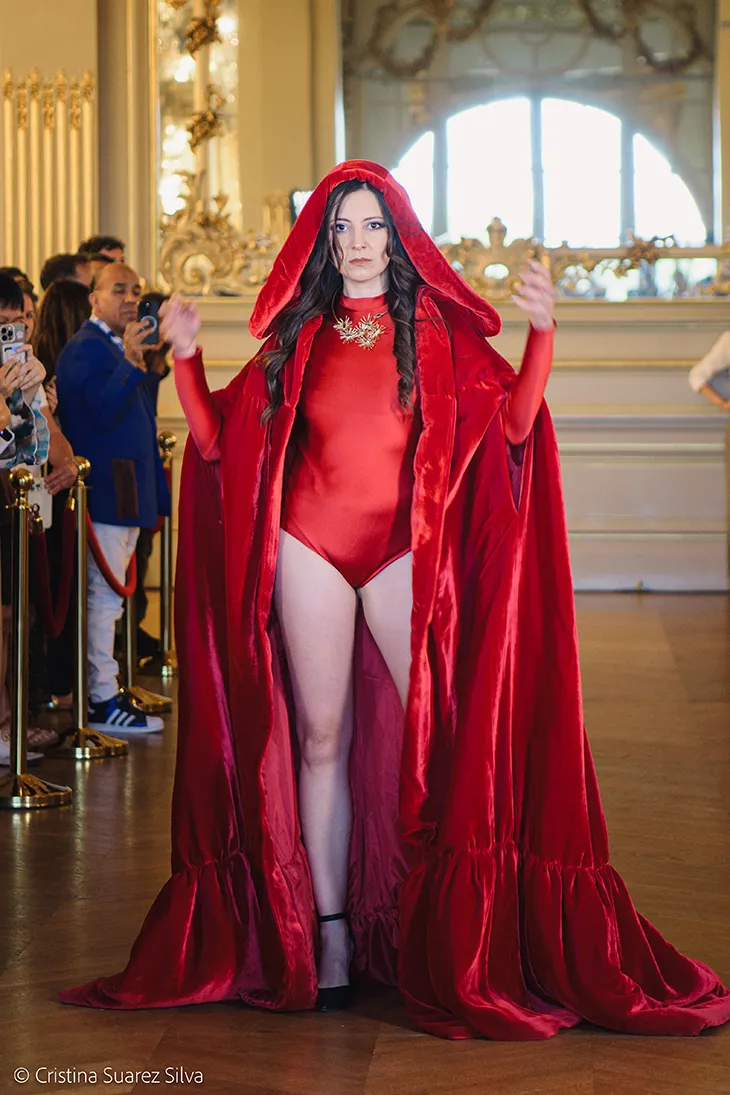
Contrasting materials, leather with organza, metal with tulle, reveal physical tension and emotional shifts. These pairings suggest the balance between strength and fragility, absence and presence. Certain designs reference architectural details of the Musée d’Orsay, including the curves of its arches, the rhythm of its columns, and the graphic ceiling. Others draw from the works of Mary Cassatt and Ernest Barrias, tracing visual connections between historic art and present-day craftsmanship.
Three one-of-a-kind handbags accompany the garments. Each piece results from a collaboration between ESPERO artisans and museum professionals: a metalworker, a painting restorer, and a cabinetmaker. The bags combine artisanal gestures from different fields, creating a dialogue between design and restoration.
The presentation of TEMPUS reflects the project’s deeper aim: to offer access, opportunity, and recognition to individuals too often excluded from both employment and cultural life. “Some of them had never entered a museum,” said Maya Persaud. “Art can be a spark for dreams, creativity, and inspiration. Everyone should have access to art and culture, regardless of their socioeconomic background.”
